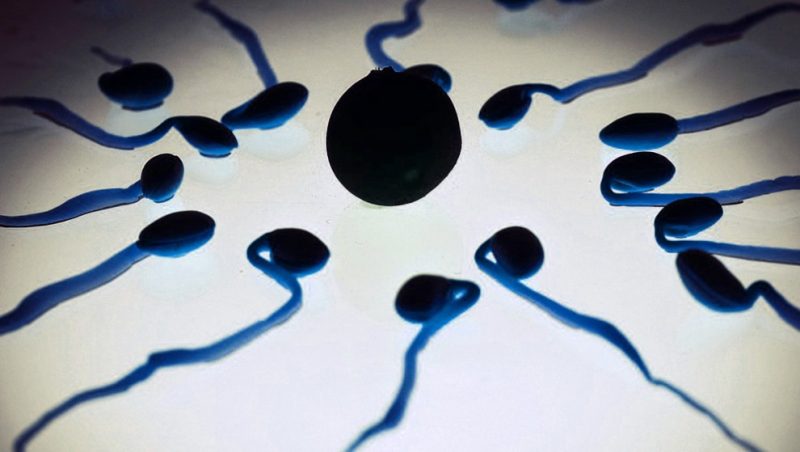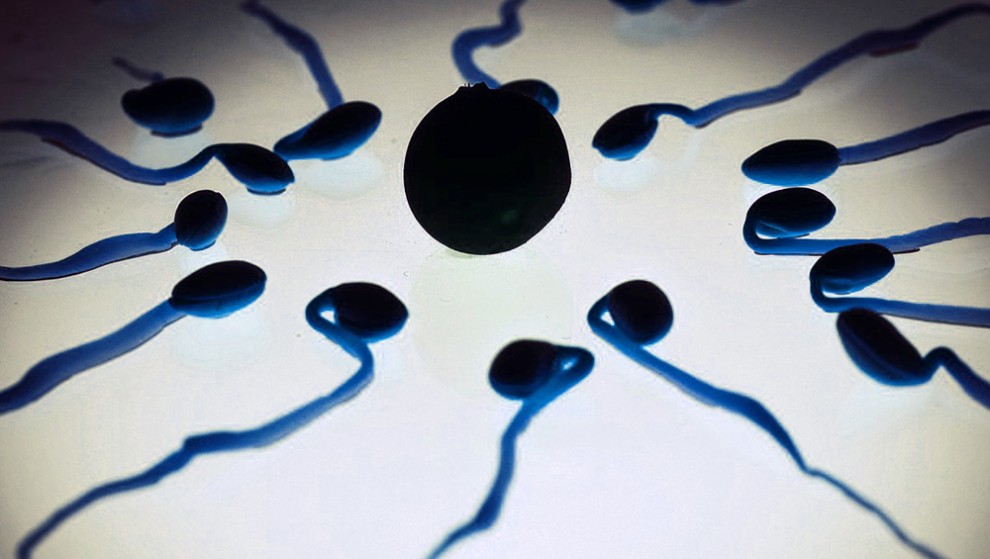Scientists Create Sperm Cells From Skin Cells


A team of scientists in Spain have been able to create a human sperm cell using the skin cells of a person. It is believed that this treatment could eventually lead to a revolutionary treatment for those who are suffering from infertility.
According to the scientists, 15 percent of couples globally are unable to have children. The current solution is to use the egg or sperm from another donor to help the couple conceive, but many do not like this option because this means that only one member of the couple is actually biologically connected to the child. This solution could mean that both parents would be able to provide their DNA, making the child 100 percent a part of both parents.
The director of the project, Carlos Simon, explained that this problem could be quickly resolved.
“This is the problem we want to address: to be able to create gametes in people who do not have them.”
The scientists working at the Valencian Infertility Institute in Spain were also working doctors and researchers at Stanford University in the United States. Their findings were published in Scientific Reports.
The idea for the project came from work done by British scientist John Gordon and Japanese researcher Shinya Yamanaka. The two were able to transform an adult cell into an embryo-like stem cell. Their work earned the two researchers a Nobel Prize in 2012.
Working off of the previous idea, the two teams were able to reprogram a mature adult skin cell by adding a “cocktail” of genetic material that is commonly found in the gametes in humans. Within the month of adding the combination, the skill cell was transformed into a gamete. This allowed it to be able to transform into an egg or sperm cell. The teams have not tried to actually use this as a means for fertilization yet.
“This is just the beginning,”
explained Simon.
“This is a sperm, but it needs a further maturation phase.”
Earlier this year, a team in China was able to impregnate two mice using artificial sperm; however, the new research is seen as a step above that. Since humans are a lot more complicated in terms of their genetic makeup, this is seen as a huge step toward handling a problem that afflicts nearly one out of every seven couples on the planet.
One of the challenges that the team faces is that the creation of artificial embryos is illegal in many countries throughout the world. This opens a whole set of legal issues that may prohibit come couples from being able to take advantage of this research should the process go far enough that it becomes a means to create gametes that can be used in impregnating the mother. Despite this, the team is continuing their work looking forward to the day when they can make a significant difference in helping couples reach their goals.









